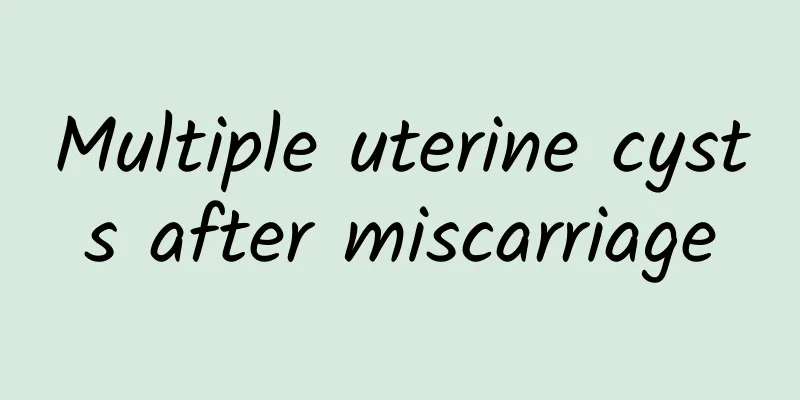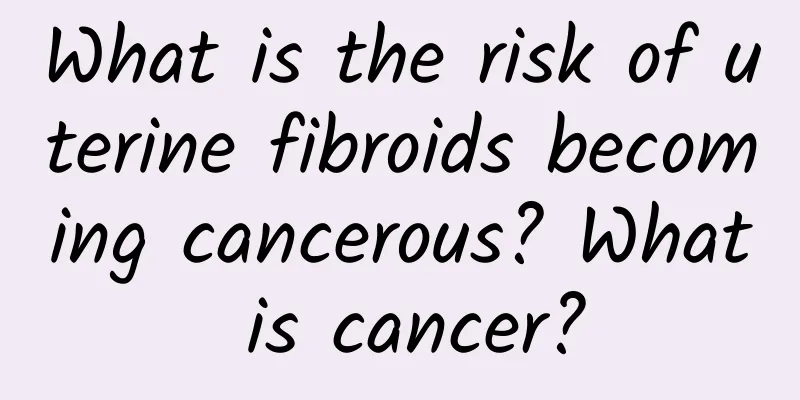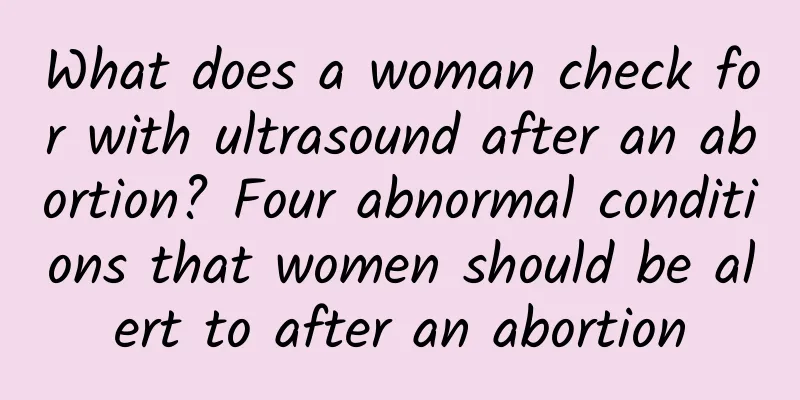Multiple uterine cysts after miscarriage

|
Multiple uterine cysts after miscarriage may be related to factors such as endocrine disorders, uterine damage or infection. It is necessary to identify the cause as soon as possible and adopt targeted treatment methods, such as drug therapy, surgical intervention or lifestyle adjustment, to avoid further harm to health. 1. Endocrine disorders After a miscarriage, a woman's hormone levels will fluctuate. If the balance is not restored in time, it may lead to abnormal proliferation or cystic changes in the endometrium, resulting in cysts. This kind of situation can be dealt with by regulating the endocrine system, such as taking oral hormone drugs. For example, progesterone can help the endometrium recover while avoiding unnecessary proliferation. Maintaining a good lifestyle and reducing stress can also help the endocrine system recover. 2. Uterine damage Abortion surgery may cause some damage to the endometrium or uterine tissue, leading to abnormal local tissue repair and the formation of cysts. In this case, doctors usually recommend observation first. If the cyst is large or causes other symptoms such as dysmenorrhea, menstrual abnormalities, etc., surgical treatment may be required. For example, hysteroscopic surgery can directly remove the cyst in a minimally invasive way, reducing secondary damage to the uterus. 3Infection or inflammation Failure to clean up after abortion, postoperative infection or intrauterine inflammation may induce uterine cysts. If it is confirmed to be an infected cyst, anti-infection treatment is the key, such as the use of broad-spectrum antibiotics such as metronidazole and cephalosporins to control inflammation. Physical therapy such as shortwave therapy may also be recommended to promote the disappearance of infection. 4. Lifestyle Adjustments Adjusting diet and exercise can help the body recover and prevent the cyst from further enlarging. For example, eating more foods rich in estrogen-balancing effects such as flax seeds and beans, avoiding spicy and irritating foods, and moderate exercise such as yoga and brisk walking to strengthen the body can also help repair uterine function. If you find multiple uterine cysts after abortion, you should not wait and see. You should go to a regular medical institution as soon as possible to see a doctor. Through imaging examinations such as ultrasound examinations, you can determine the type and cause of the cysts and develop a targeted treatment plan. Timely treatment can protect reproductive function, improve quality of life, and avoid more serious health problems. |
<<: What medicine is good for endometritis and pelvic inflammatory disease
>>: Can I get pregnant after having amenorrhea?
Recommend
What is the quick way to treat vulvar leukoplakia? Combining medication with physical therapy is more effective for vulvar leukoplakia
Vulvar leukoplakia is medically known as vulvar w...
The three main symptoms of ovarian cysts
The symptoms of ovarian cysts are very similar to...
Zongzi is high in oil and salt, and it is difficult to digest if you eat too much! Nutritionists share tips on eating and buying zongzi in a healthy way
During the Dragon Boat Festival, all kinds of ric...
Different types of vaginitis symptoms should also be taken seriously
Different types of vaginitis symptoms should also...
5 major diets! Sleep aids make you lose weight the more you sleep
Diet is not only closely related to weight loss, ...
What are the early symptoms of ectopic pregnancy? Vaginal bleeding
There are many early symptoms of ectopic pregnanc...
Drink this warm drink to lose weight! Drinking warm water with lemon, honey and cinnamon will help you lose weight faster!
At the end of the year, with crazy parties and de...
Hollywood actresses have a secret new weapon for losing weight! Avoid these three white foods to avoid obesity
Hollywood actress Jessica Alba has a hot body. Sh...
What to do if your waist and abdomen are enlarged? 6 exercises to reduce belly fat
My BMI is obviously within the standard and my li...
Is amenorrhea before the age of 40 premature ovarian failure? 2 methods to treat premature ovarian failure
The so-called premature ovarian failure refers to...
What supplements are effective for functional uterine bleeding?
Functional uterine bleeding can be improved by su...
Abnormal leucorrhea with a foul odor
Abnormal vaginal discharge with a foul odor may b...
Abnormal black vaginal discharge after menstruation
Abnormally dark vaginal discharge after menstruat...
What are the main risks of irregular menstruation?
There are many women who suffer from irregular me...
What's wrong with light menstrual color?
What's wrong with light menstrual color? Ligh...









